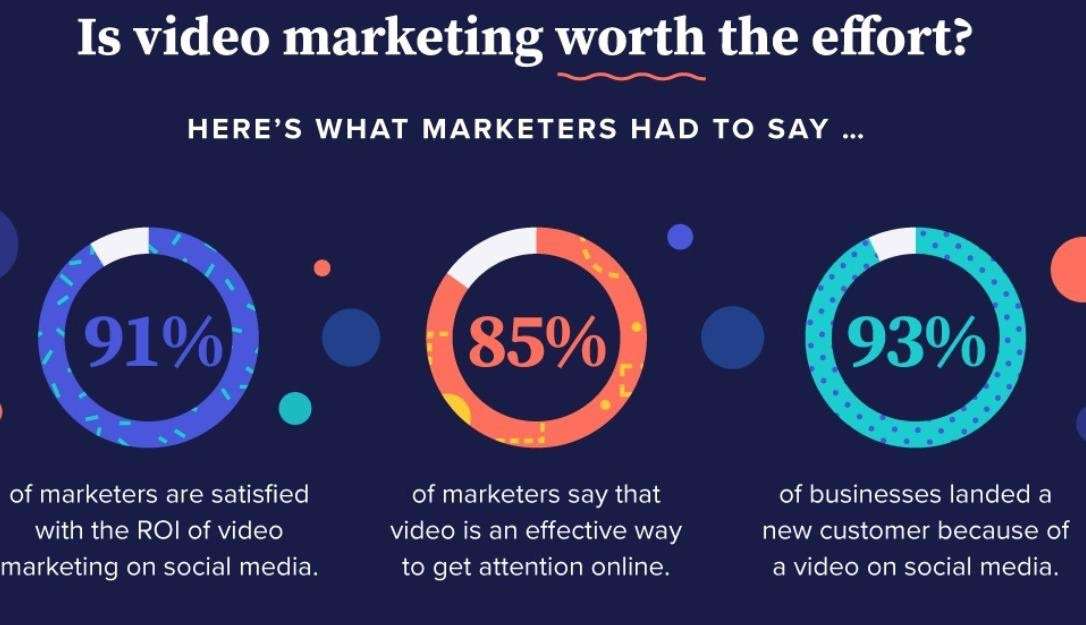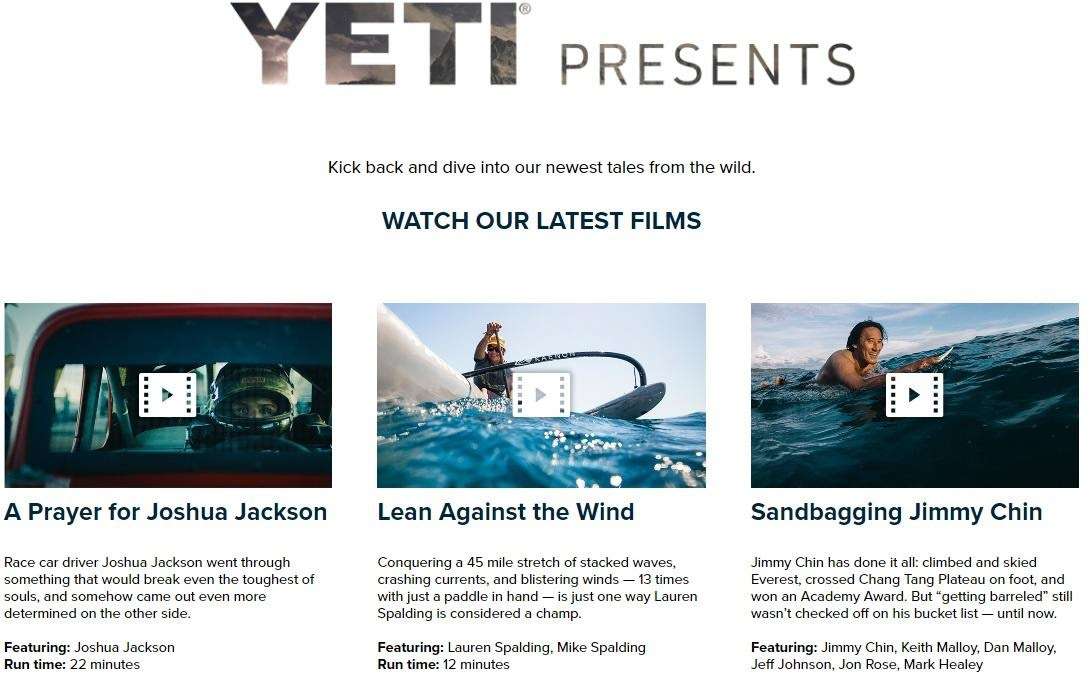
Does the content you create provide a high return on investment (ROI)?
If it doesn’t, then it’s time to create engaging content that helps you change the narrative and drive huge returns for your brand.
This means creating and publishing exceptional content that appeals to your audience, grasps their attention, and drives them to take action. Additionally, it means offering valuable content that leads to increased traffic, views, shares, downloads, or purchases.
But, how can your brand create engaging content that drives action and increases ROI?
Find out below:
Effortlessly export your Google Docs to WordPress with just 1-click.
Get Started Today
Before you can create engaging content, you need to take stock of what you already have.
And since your goal is to see better content ROI, you need to find out why you don’t drive engagement that brings good returns.
But where do you start?
By auditing your content to discover what currently works.
Use content audit tools to discover how long visitors spend with your content and how many pages they visit with each session. Additionally, use social media analytics to track your engagement on social platforms.
How many times is your content shared on various platforms?
How much traffic do you derive from social platforms?
Next, you want to check conversions.
What actions do people take once they visit your site or social accounts and read the content?
In this case, the conversion is entirely up to you. However, if you’ve activated ecommerce on your Google Analytics account, you can check the behavior section for revenue generated from each page.
Once you have these data, you can identify which of your content pieces perform well and which ones don’t. You can also use the insights to discover why specific content gets shared more than others and why people spend more time on one piece of content and not the other.
Best of all?
These insights can help you create engaging content that readers will enjoy reading and sharing.
Today, when a searcher types a query on Google, the search engine uses over 200 ranking factors to provide the most relevant results. Additionally, Google’s algorithm considers a searcher’s intent.
So, are you writing for an audience with informational or commercial intent?
For informational intent, the reader wants free guides, explainer videos, tutorials, etc., that teach them how to solve a problem or perform an action.
For example, “how to make a stringed instrument” or “home remedies to cure boils.”
With commercial intent, the reader wants to buy something.
For example, “Best leather boots on sale.”
And your strategy?
Create engaging content for both of these searchers. This way, you can use the informational content to educate and gain audience trust while the latter helps you sell more.
However, before your journey to engaging content begins, you need to understand your audience.
What’s their thought process, how do they seek information, and what path do they take when finding it?
It’s also crucial to understand your funnel and create engaging content that meets your audience while at each stage.
For example:
For the awareness stage, when the audience needs education resources, insights, and answers, you can create blog posts, tools and kits, whitepapers, etc.
For the evaluation stage, when they compare products to discover a good fit for them, create comparison guides, offer free samples, and share case studies.
For the purchase stage, when they decide to become customers and choose to either remain loyal or not, share live demos, offer free trials, or give consultation offers.
By doing this, you can create engaging content that supports them at each stage of their buying journey while also guiding them to purchase.
And how do you make it easy for them to find your content?
Leverage tips that help you optimize content not only for the reader but also for search engines. For example, including keywords in your titles, alt text, and metatags, using semantically related keywords in your content, having great content structure, etc.
For you to create engaging content, you need to include visuals in your blog posts, social media posts, email marketing, etc.
But why?
According to a recent study, 87% of marketers say video gives them good ROI. 79% of consumers in the study also said watching video convinced them to buy or download items.
What’s more?
Marketers in another study said that video is worth the effort.
85% of them said it effectively helps them get attention online, while 93% said that using social media videos helped them land new customers.

But how can you use videos to create engaging content
And most importantly?
Don’t forget to leverage photo and video editing tools that help you create exceptional, clear, and professional visuals. Use them to edit, add captions to videos, include creative music, and make your visuals entertaining.
There are tons of royalty free music and photos available from websites which you can download and edit to create some creative music and interactive photos for your content.
With actionable content, you attract traffic, leads, and conversions by telling the reader how to achieve or implement a process.
But how do you create engaging content that’s actionable?
Start by having a content marketing plan that defines your goals, what problems your audience would like help solving, and what channels you can reach them better with.
It’s also important to know how they like to consume content.
Would they appreciate an infographic, video, or long-form blog post?
Then, once you have a plan, leverage these tactics to make content actionable:
Ultimately, start by recognizing their pain points or what they struggle with. Then address these pain points by providing a solution or something the reader can put to use.
How does actionable content help your brand?
When you create actionable content, your readers find the posts helpful, get exceptional experiences, and engage with your brand more.
The content also helps them smoothly execute solutions that solve their problems, thus driving more traffic, shares, and conversions.
Best of all?
This type of content helps you develop and strengthen relationships with them. It helps you earn their trust, which can lead to them acting on your calls-to-action.
With stories, you showcase the need for your products without being promotional.
You shift your focus to the customer and connect with them emotionally through stories from people like them. Additionally, you invite them to become part of your brand.
Take, for example, one of the brands that won the 2021 Brand Storytelling Honor Roll with their YETI-produced films.
In their stories, YETI does not talk about their brand. Instead, they tell stories about people that share common values and ideals- those who love adventurous lives in the wild.

But how can you use storytelling to create engaging content?
As critical as it is to market your products and get the word out, being too promotional can self-defeat your mission.
Furthermore, there’s a reason why 69% of customers use advertising avoidance strategies.
Worse of all?
Some go to the extent of changing media habits so that they can see fewer adverts.

So, what’s the best way to create engaging content that sells without being overly salesly?
First, understand that creating a successful blog or posting social media posts that convert involves more than just writing.
What does this mean?
Well, consider all the content your audience gets exposed to, plus the many touchpoints it takes for you to connect with them to a point where they trust and want to try your products.
For this reason, you need to be subtle with your content.
But how?
Businesses that create engaging content draw in their audience with informative assets that entertain while also providing value. They leverage storytelling, create actionable content, and always consider a reader’s intent.
Are you ready to join their leagues?
If you are, then use the tips above to create engaging content for your audience.